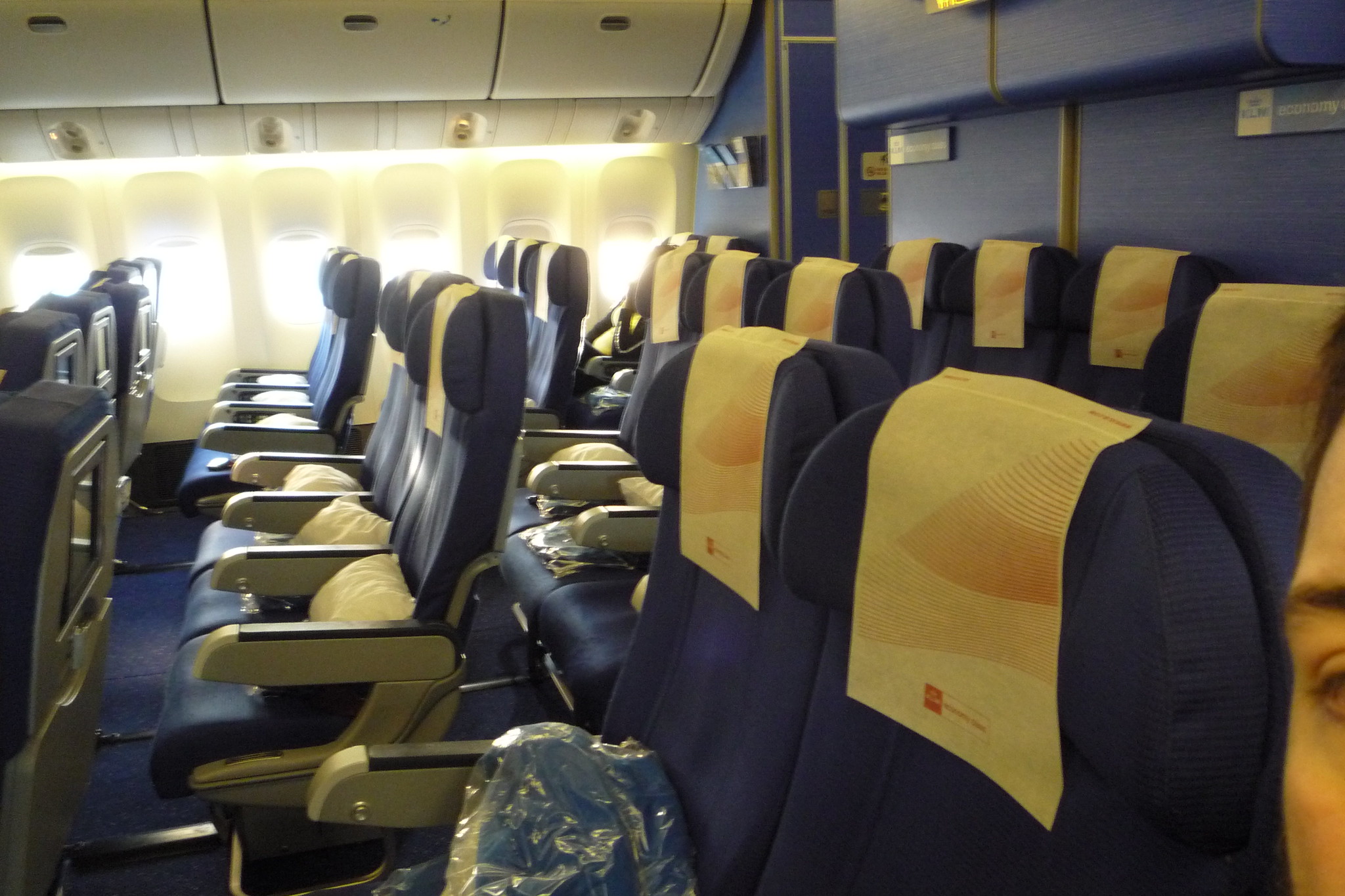39

There are four key differences between goods and services. According to numerous scholars (cited in Lovelock & Patterson, 2015) services are:
- Intangible
- Heterogeneous
- Inseparable
- Perishable
The rest of this section details what these concepts mean.
Intangibility
Tangible goods are ones the customer can see, feel, and/or taste ahead of payment. Intangible services, on the other hand, cannot be “touched” beforehand. An airplane flight is an example of an intangible service because a customer purchases it in advance and doesn’t “experience” or “consume” the product until he or she is on the plane.
Heterogeneity
While most goods may be replicated identically, services are never exactly the same; they are heterogeneous. Variability in experiences may be caused by location, time, topography, season, the environment, amenities, events, and service providers. Because human beings factor so largely in the provision of services, the quality and level of service may differ between vendors or may even be inconsistent within one provider. We will discuss quality and level of service further in Chapter 9.
Inseparability
A physical good may last for an extended period of time (in some cases for many years). In contrast, a service is produced and consumed at the same time. A service exists only at the moment or during the period in which a person is engaged and immersed in the experience. When dining out at a restaurant, for instance, the food is typically prepared, served, and consumed on site, except in cases where customers utilize takeout or food courier options such as Skip the Dishes.

Perishability
Services and experiences cannot be stored; they are highly perishable. In contrast, goods may be held in physical inventory in a lot, warehouse, or a store until purchased, then used and stored at a person’s home or place of work. If a service is not sold when available, it disappears forever. Using the airline example, once the airplane takes off, the opportunity to sell tickets on that flight is lost forever, and any empty seats represent revenue lost (Figure. 8.4).

